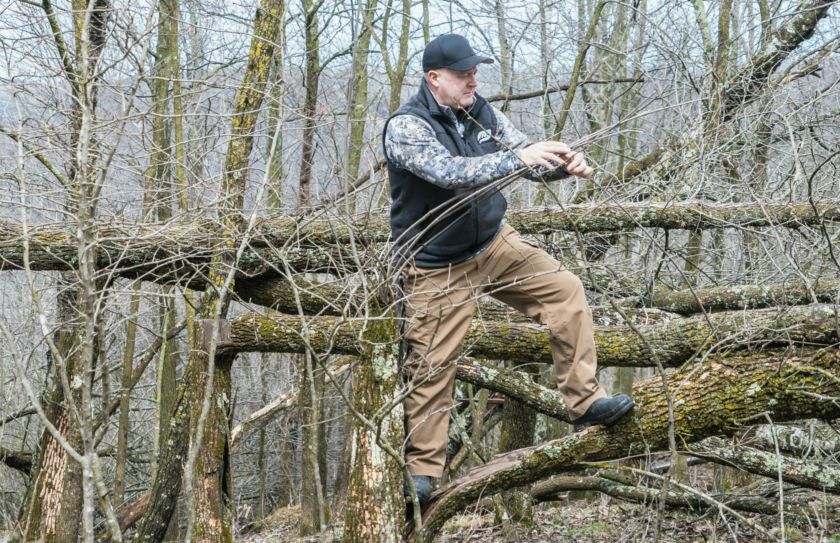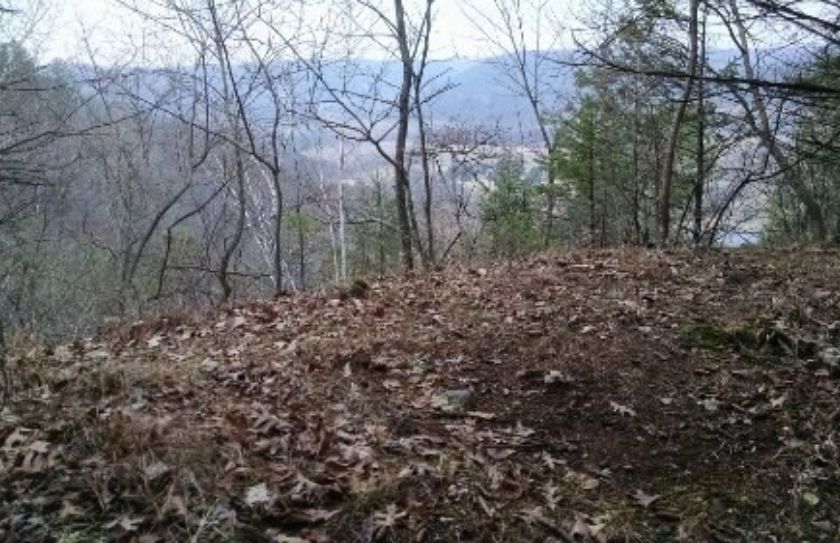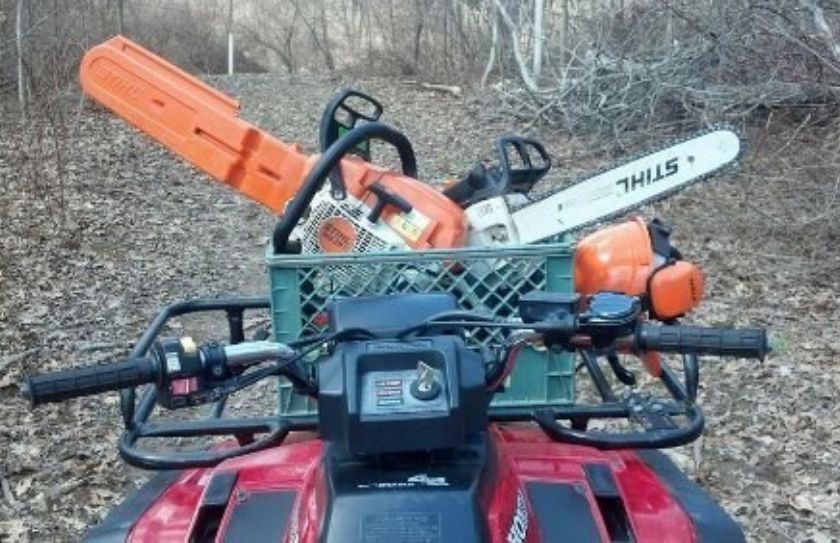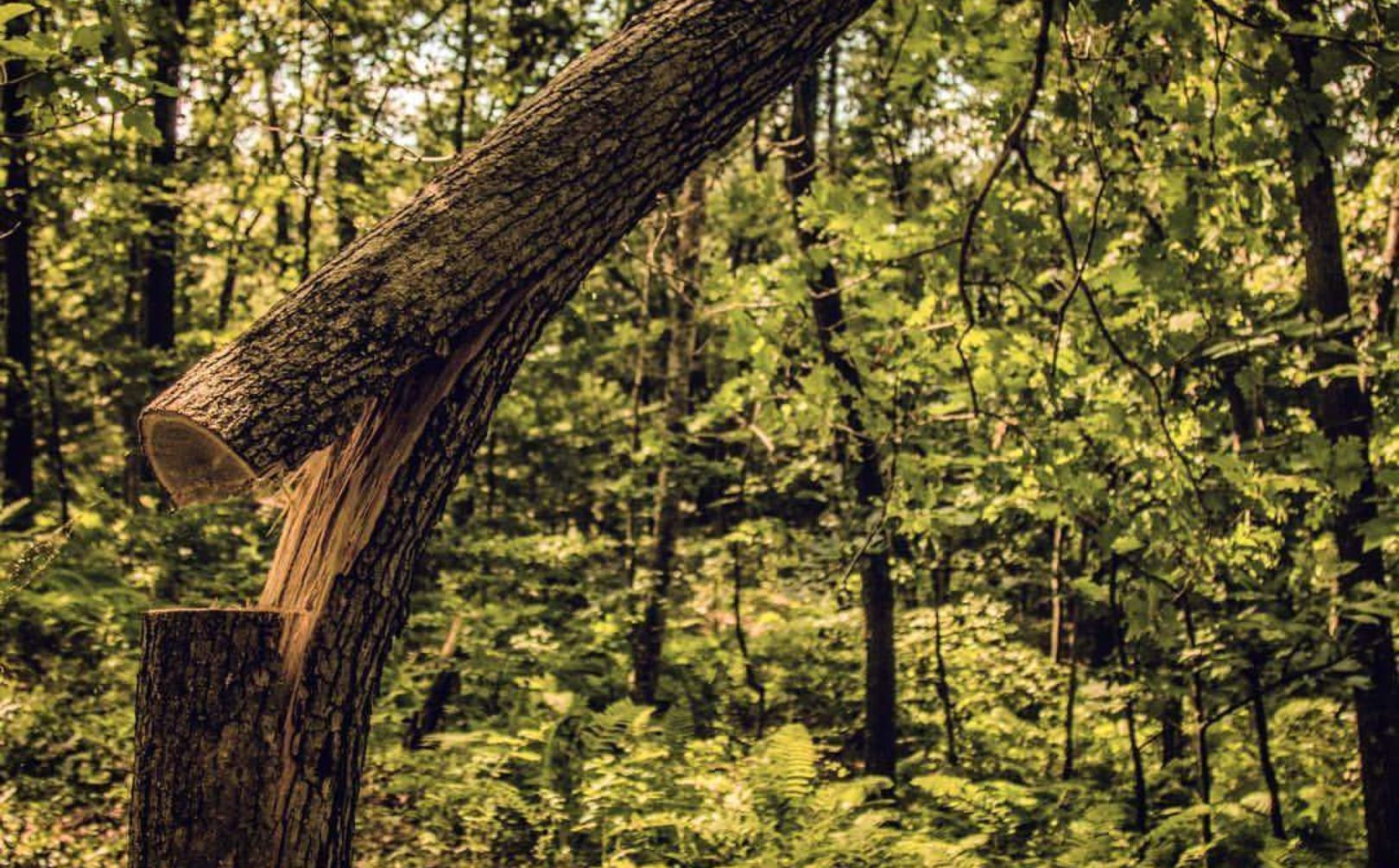
Should you even cut timber for deer, and if so, how much? The chainsaw can be your friend, but not if you do not decide first, exactly if and when, you should complete timber cuttings on the land that you hunt and manage in the first place. A mature portion of woods can jump from 100#s of forage per acre or less, to over 1000# pounds, per year! Also, the amount of side-cover that can be created through regeneration and cutting debris (tops and logs), can take your land from a habitat desert, to a level of needed whitetail security. However, although a case can be made to complete some type of timber cutting on most hunting parcels to improve the habitat, that doesn't mean that either it should be a priority, or that cuttings are needed on 100% of all deer habitats. Too much of a good thing is not a good thing, when it comes to cutting timber for deer - and that includes hinge cutting!

*My Whitetail Success by Design trilogy of books, offers you the complete line-up of habitat, herd and hunting strategies. There are also over 100 reviews on Amazon for you to check out, to see how the books have personally helped others.
Is Cutting Timber a Priority?
If habitat managers and landowners are honest, the answer to that question should vary greatly. On the parcels of land that I personally visit across the country, hunter access routes and stand locations are two of the top priorities habitat design, significantly outranking either food or bedding cover on the majority of whitetail habitats. On my own two lands that I currently hunt, I have not needed to lift a chainsaw, because it hasn't been a priority, yet. Both lands could benefit from a % of various deer-related cuttings, but without food in the house, there will have been no deer to fill the additional bedding areas that could have been created. Also, by changing access routes and using food to define where whitetails bed on the lands as a priority, important pieces of habitat change were addressed as a compliment to bedding locations that were already naturally in place, and adequate. On one of the parcels I need to use more food in portions of the land to fill existing bedding areas for 2016. On the other chunk of deer woods, I will complete a couple of acres of cuttings this Winter, in an effort to create additional bedding space, for deer that have been attracted to the land due to the change in hunting habits and additional food. The particular focuses on my own hunting grounds, is of course not necessarily the same on all lands, but even my UP of MI parcel did not need any bedding cuttings for the first few years, as the limiting factor in the region was food, with quality bedding cover already in high supply.
The majority of the client parcels that I visit, need somewhere between 10 and 50% of deer-specific timber cuttings completed, with varying degrees of priority needed to be assigned, to complete those cuttings within a time frame when they are needed most. Here are a few determining factors that you can think about for your own parcels:
1. On a scale of 1-10, what is the current quality level of the bedding areas already on your land?
-Believe it or not, some parcels come complete with quality, natural bedding areas already in place. Changes in topography, recent timber harvest, rock outcroppings, conifer pockets, lowland features and highly diverse habitats often already have a lot of bedding area to work with.
2. Do you have bedding areas already located appropriately as they relate to both food sources, and your hunter access routes.
-Naturally adequate and hidden bedding areas can be the ticket towards an effective hunter access strategy, in particular if quality food can be located to focus highly predictable, afternoon deer movements.
3. What is the age of your current timber?
-On parcels with a high percentage of recent regeneration due to timber harvest, minimal cuttings may be needed.
4. What is the limiting factor on your land?
-If the land you hunt is lacking in food, and you can easily travel through or around your parcel without spooking deer that are located within adequate and existing bedding areas, then consider more food related activities, at first.
5. How much time do you have?
-Unlike bedding areas, food sources defines travel in the deer woods. Once deer movements are defined, than your hunter access routes and stand locations can be installed. Creating bedding areas prior to installing food, treestands and hunter access routes can leave you with a lot of time spent working, without significantly improving either deer movements or hunting opportunities. If your resources of time to work on habitat improvements are limited -like my own- it is critical that you focus on the needs of the habitat and herd first, which may or may not include bedding areas.
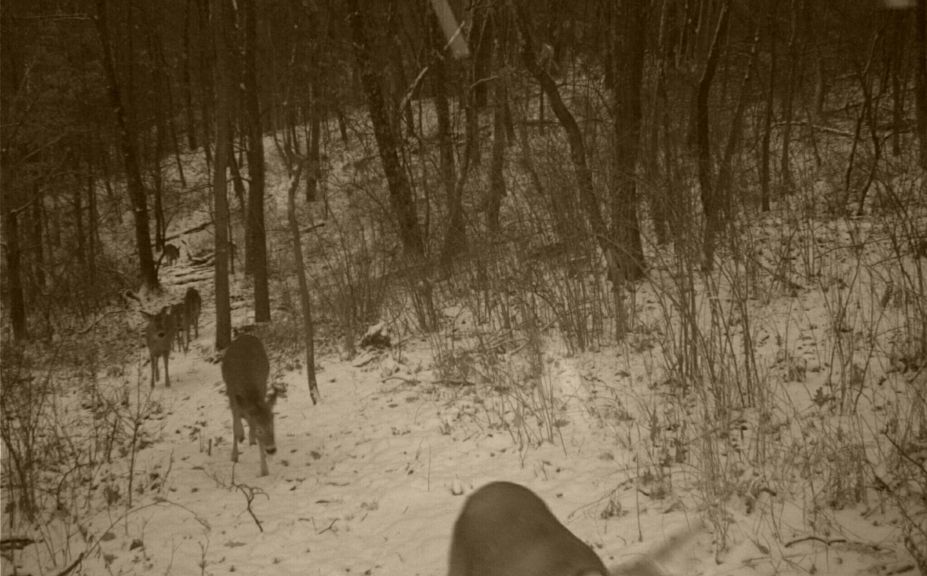
*Food defines the most consistently predictable deer travel pattern in the woods. For more info on taking advantage of this pattern, check out "Critical Deer Habitat Strategy".
Hinge Cut Timber For Deer?
Creating hinge cuts for deer habitat can be an incrediblly powerful habitat tool, when matched appropriately to a particular parcel. Although not a great practice for "Timber Production", the majority of my clients purchased land to manage for deer, and not for timber. However, that never means that you should hinge cut 100% of all deer parcels, or that 100% of any particular parcel should be hinge cut. I would estimate that only 30% or less of all deer parcels should have a hinge cut on them.
I have personally seen hinge cuts managed for nearly 20 years, and still growing strong! The volume of both screening cover and food, that can be consistently maintained simotaneously, is an extremely high level with hinge cutting practices. If your timber is 6-8" in diameter or less, and contains a high % of maple, oaks, ash, box elder, hickory, basswood and other deciduous trees, than hinge cutting practices may be the perfect fit for you. Also, make sure that you receive enough sunlight on your cuttings! I personally shoot for at least 6 to 8 hours of sunlight per day, on the cuttings that I make. If you hold your arms in a 90 degree opening towards the Southern sky, and can estimate that your cuttings will capture enough sunlight to fill that amount space throughout the day (partially or fully), you will have enough.
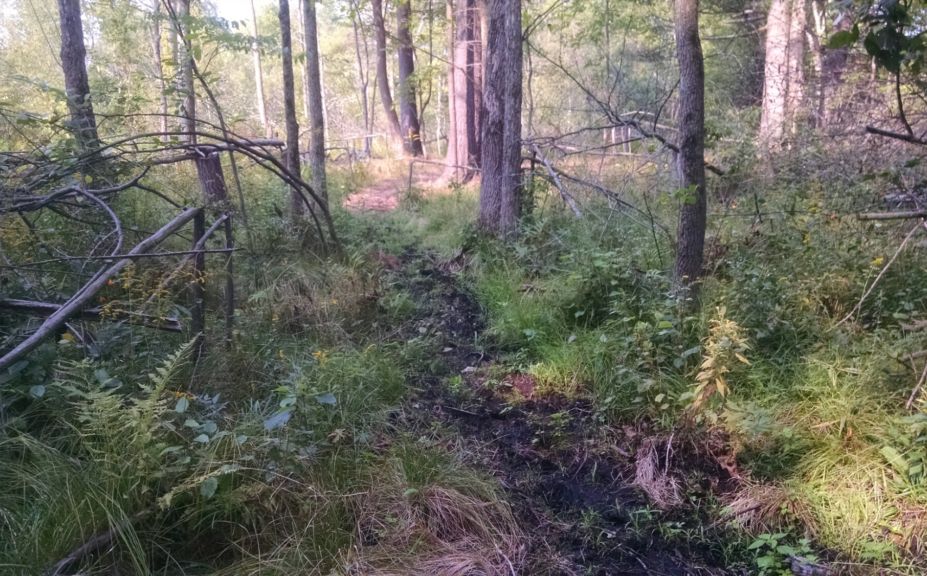
Hinge cutting practices can apply to creating travel corridors for deer, as well as deer bedding areas and downwind blocking features. For a complete hinge cutting guide, make sure to read, "Hinge Cut Habitat Guide".
It Is Not That Easy!
Just like in most anything in life, too much of a good thing, is just that: Too much! The easiest practice to make would be that if a little cutting is good, then a lot would be even better. But that really isn't true, when it comes to making timber cuttings for deer. Habitat improvements should be used for both attracting deer usage and defining deer usage. While a lack of improvements yields random deer movements, too much of your land improved with deer specific habitat improvements will create a huge level of randomness as well. When every square inch of your land is improved, there is no more of a reason for deer to be in one portion of your land, than another. Also, it becomes extremely difficult to access your land for hunting without spooking deer, because you never know when or where you will spook a deer next. Even if your land is a micro parcel of only 10-20 acres or less, it still pays to offer varying levels of improvement, so that deer can relate to the edge habitat that you create. Edge creates defined movement patterns, and defined movement patterns equals herd and hunting management success.
How Much is Enough Cut Timber for Deer?
Instead of cutting anywhere and everywhere that you can, try an approach that offers a high level of definition and strategy. What is the amount of acres that you should personally cut? No more than you need, and no less than you need. Also, consider the other priorities of food, hunter access routes, habitat plantings and treestand locations. On most lands there is a HUGE amount of work that needs to be completed in order to be successful. However, your success will not hinge on how much work you complete, but instead on how appropriate the work is that you complete, and in which order of priority that you complete your work within.
